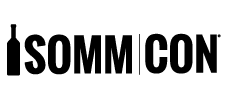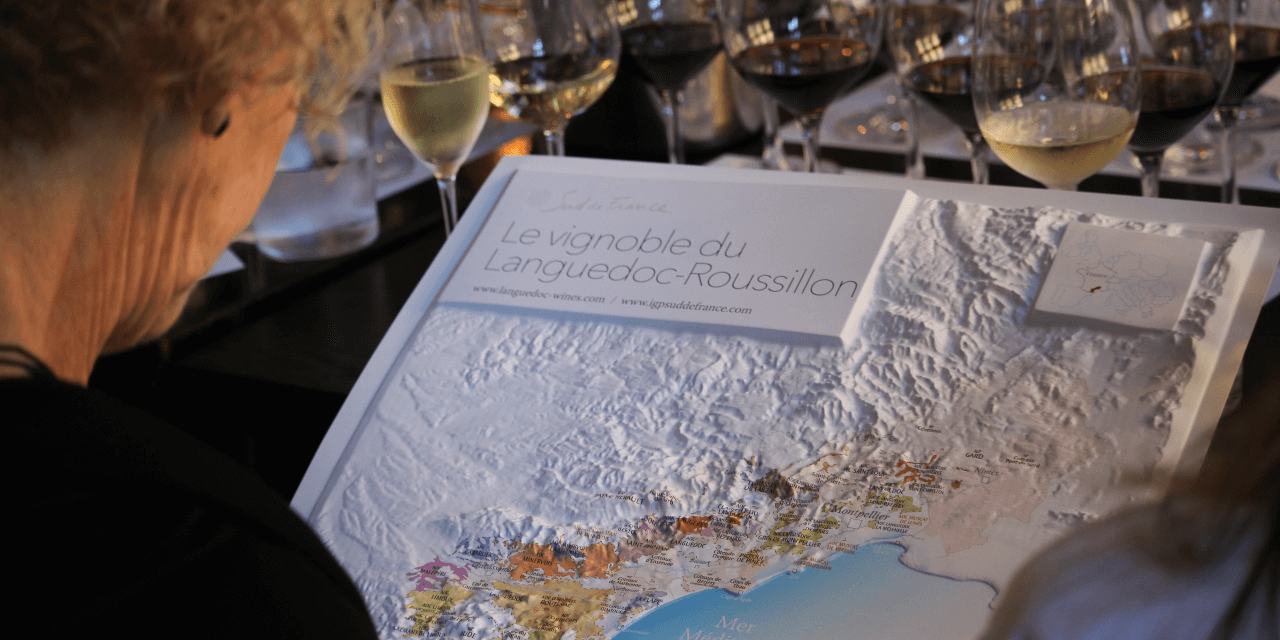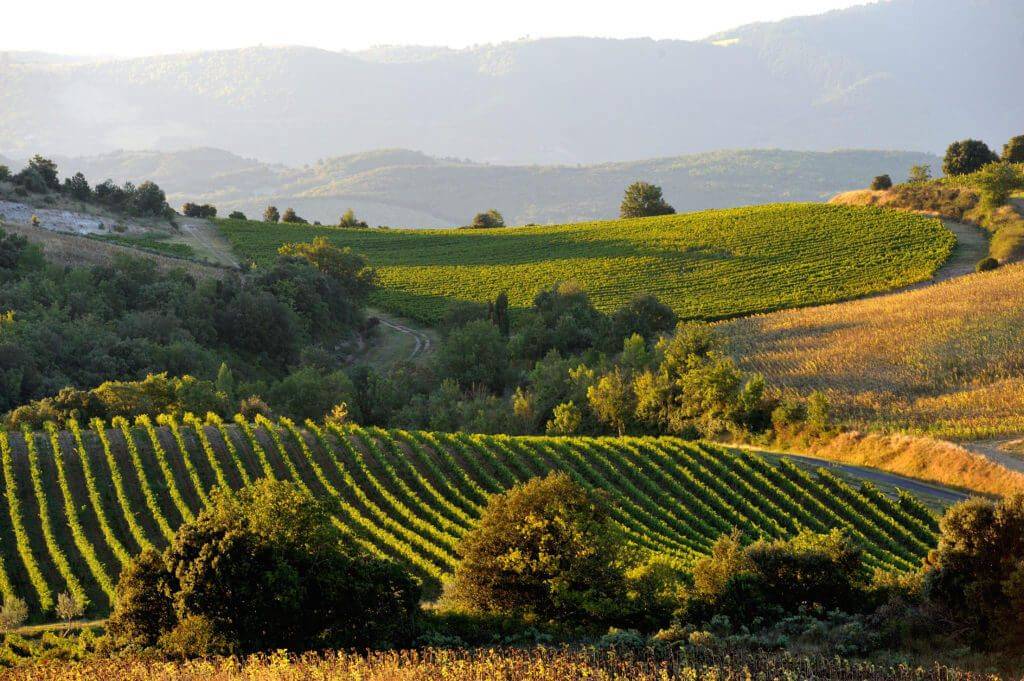by Jay Youmans, MW
The tide of rosé wine coming into the U.S. continues to rise, with France and specifically Provence being major contributors. In terms of growth categories in the U.S., rosé wines are in the lead with a 59% increase in value from the previous year, and French rosé takes the lead at 51% of the market. (Brager, Nielsen, 2018)
In terms of all French AOC exports to the U.S., Languedoc is the second fastest growing category, behind Provence, with 26% growth by volume and 36% growth by value in 2017. Perhaps unsurprisingly, this growth is lead by AOC Languedoc Rouge/Rosé wines, which showed 46% growth by volume and 57% growth in value in 2017. There’s that rosé again…
(Source: Douanes françaises, BusinessFrance / Département Agrotech)
But France’s largest wine region is much more than one style of wine:
- Over 70% of the production in Languedoc is red wines (generally blends), 13% rosé, 11% whites – and this includes traditional method sparkling wines and vins doux naturel!
- Written evidence dating to 1531 shows that sparkling wines were being produced in the traditional method in Limoux – this pre-dates Champagne
- 30% of all of France’s organic viticulture comes from Languedoc. The Mediterranean climate and strong winds, among other factors, allow for producers to more easily these methods of production
- Did you know – there are over 30 AOCs in Languedoc! Some of those most commonly seen in the U.S. are Corbières, Minervois, Pic Saint Loup, Picpoul de Pinet, Limoux, Saint Chinian and Faugères, among others
- The new French Crus from the South – In 2007, the CIVL implemented the first steps to bring a more recognizable hierarchical system to the appellations of Languedoc.
- AOC Languedoc: With the 2007 vintage this became an official AOC and now serves as the base tier for the new system.
- Grand Vins du Languedoc: At the heart of the range, 60% of the region’s total AOC production comprise the “Grands Vins” of Languedoc. These wines retail at slightly higher price points and are defined by their ability to express the distinguishing characteristics of the AOC from which they come.
- Crus du Languedoc – The Summit: These are more concentrated demarcated areas and the wines are often produced in more limited quantities, making them the very top that the Languedoc has to offer. As of 2018 there are five approved AOCs in this tier.
- Key grapes – forming the basis of all of these wines are a wealth of varieties:
- Reds: Carignan, Cinsault, Grenache, Lledoner Pelut, Mourvèdre, Syrah
- Whites: Bourboulenc, Clairette, Grenache blanc, Marsanne, Mauzac, Piquepoul, Rolle (Vermentino), Roussanne
Look for features on Languedoc rosé and Limoux wines in upcoming issues of Tasting Panel and SOMM Journal magazines, for a more in-depth look at these sub-categories of Languedoc wines!
About Jay Youmans Jay Youmans has been tasting wine professionally for nearly 30 years. He is the Educational Director and Owner of the Capital Wine School; and the Owner of Rock Creek Wine Merchants, a sales and marketing consultancy. Jay has served as a wine judge for numerous wine competitions and has contributed to several books and magazines on wine. Over the years, he has conducted hundreds of public, private, and corporate wine tasting events. Jay is an Advanced Level Sommelier (AS), a Certified Wine Educator (CWE), a French Wine Scholar (FWS), an Italian Wine Professional (IWP), a Bordeaux Wine Educator, a Burgundy Wine Educator, and Washington, DC’s first Master of Wine (MW).








